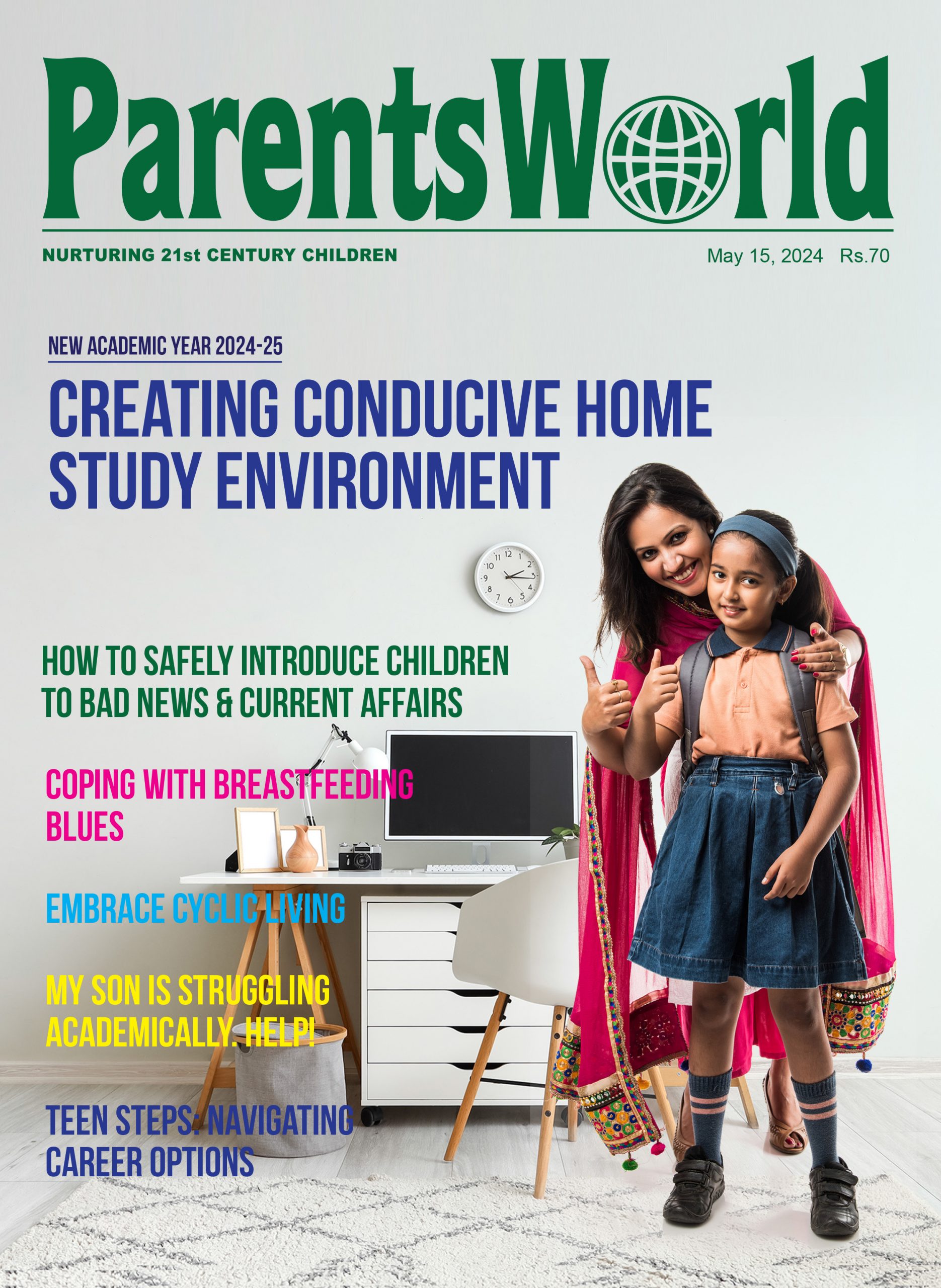Imagery is a literary form that uses figurative language to evoke a sensory experience and create a picture with words
ROOPA BANERJEE
Most readers will agree that the reason we love to read books is that they transport us to different
worlds. For the few moments, minutes or hours that we read, we live in an imaginary world created by the author. Books that manage this feat most admirably are ones that use imagery generously.
Imagery is a literary form that uses figurative language to evoke sensory experiences and create pictures with words for readers. It is a bridge between real and imaginary worlds. Imagery transports readers to faraway lands and invests us with the varied emotions of joy and sorrow experienced by the characters in a book or novel.
Imagery comes from the word ‘image’ and originally referred to physical art such as sculptures and statues. With time, its use evolved to describing a writer’s or artist’s portrayal of places, events and experiences. There are five types of imagery, each related to one of the human senses: visual (sight), auditory (hearing), olfactory (smell), gustatory (taste), and tactile (touch).
For instance the poem Daffodils by William Wordsworth (1770-1850) is a brilliant example of visual imagery:
Beside the lake, beneath the trees,
Fluttering and dancing in the breeze.
Poets use imagery liberally. Robert Frost (1874-1963) used powerful auditory as well as visual imagery in his poem After Apple Picking:
I feel the ladder sway as the boughs bend.
And I keep hearing from the cellar bin
The rumbling sound
Of load on load of apples coming in.
While reading these lines, readers are transferred to the
apple picking scene as they feel the ladder sway and hear the
rumble of apples rolling into the cellar bin.
Another interesting example of imagery is in J.K. Rowling’s Harry Potter and the Sorcerer’s Stone:
A breeze ruffled the neat hedges of Privet Drive, which lay silent and tidy under the inky sky, the very last place you would expect astonishing things to happen.
Imagery is used by writers to engage and enable readers to experience events and places they are reading about. Imagery enables creation of 3D experiences for readers.
Another example of effective use of imagery is in novelist Cormac McCarthy’s novel The Road. He uses imagery to describe the fire on the distant ridge, the feel of the cold air, and the emotions of the man.
A forest fire was making its way along the tinderbox ridges above them, flaring and shimmering against the overcast like the northern lights. Cold as it was, he stood there a long time. The colour of it moved something in him long forgotten.
The next time you read a book or hear a song whose words transport you to another world, remember to appreciate the skill of the writer who created this magical imagery. The words that spin the web of imagery are your portal to magical lands.
EXERCISE:
Identify the type of imagery used in the following sentences:
1. The crunch of the peanut butter finely balanced the sweetness of the jam in Ajay’s sandwich.
2. The gritty sand sifted through his fingers as he sat against the roughness of the tree bark.
3. She could hear the popping and crackling of the popcorn as they settled down to watch the film.
4. The sky was filled with myriad hues of reds and pinks as the glowing sun bid goodbye.
5. Nothings smells as wonderful as the parched earth as it drinks in the rain.
Answers:
1. Gustatory 2. Tactile 3. Auditory 4. Visual 5. Olfactory
Also Read: Idea Box – Fun with Words

























